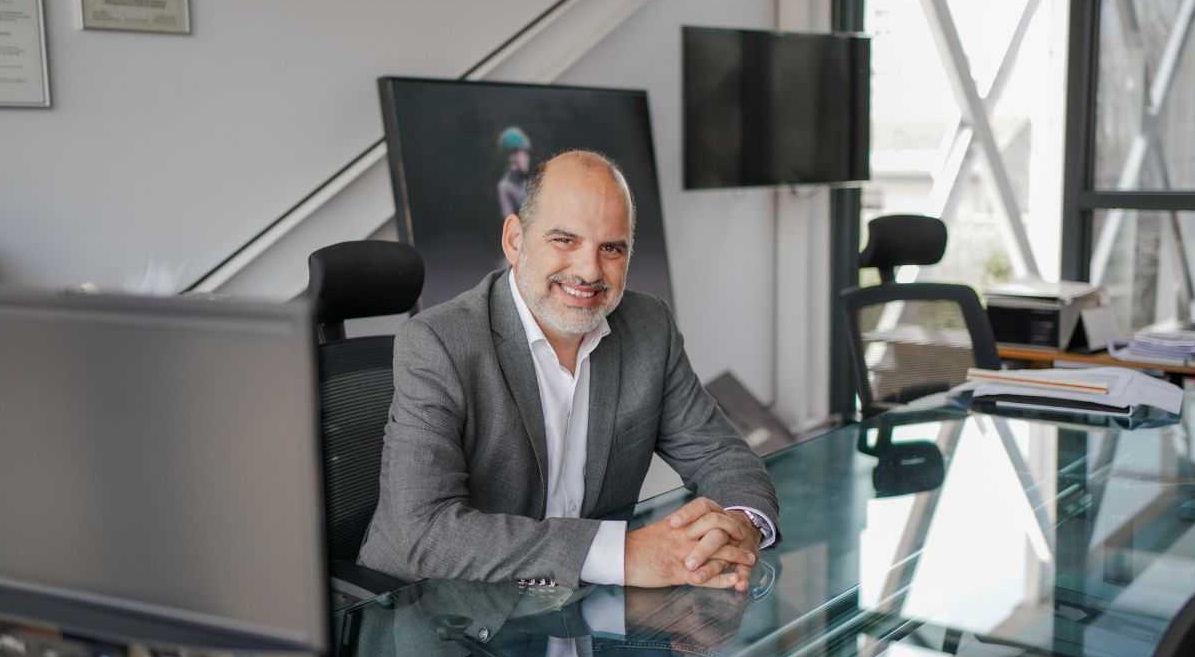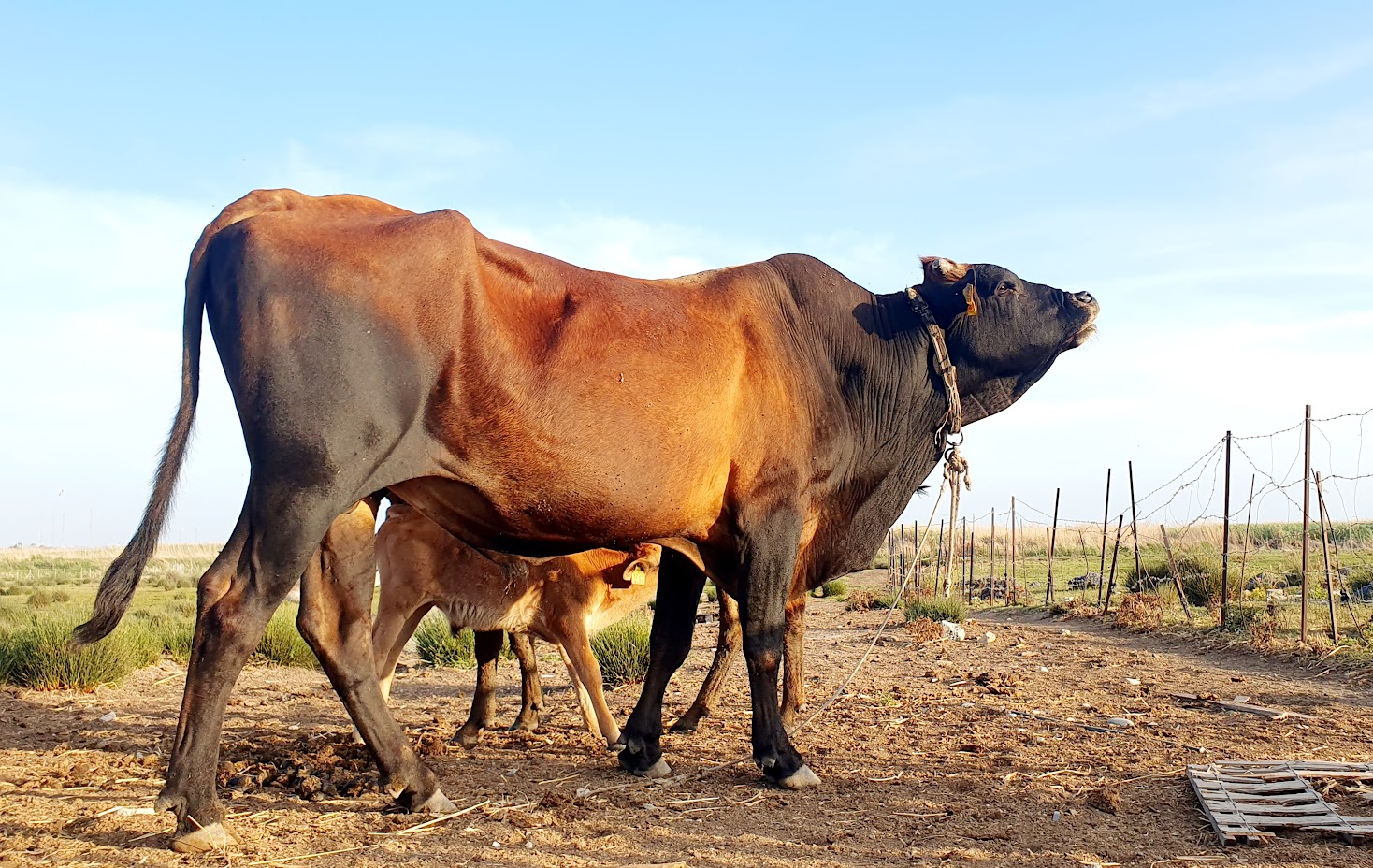Upper back mobility could help keep aches and stiffness at bay reports Liz Connor
Back pain was already extremely common, and it’s no surprise the past year-and-a-half lockdown living hasn’t helped.
With more of us hunching over keyboards at makeshift desks at home, and not having as much day-to-day movement as we usually would, it’s little wonder aches and pains can occur.
But, it’s not always the lumbar/lower back or the neck that’s to blame – could the thoracic spine actually be the root of the issue?
The thoracic spine is “the middle part of the spine, to which the twelve ribs, which make up our rib cage, are attached,” explains Chongsu Lee, physiotherapist and founder of massage device, Back Hug.
“Because of the sturdiness of the rib cage, the thoracic spine provides stability to the upper body, protection of our internal organs – such as the heart and lungs – and helps to keep our body in an upright position too.”
Sitting at a desk all day can cause the mobility (or movement) in this area to weaken over time – especially if we don’t take steps to keep it mobile doing sedentary periods.
When your upper back becomes tight, a dull, pressing pain between the shoulder blades is one of the most obvious symptoms.
“A stiff thoracic spine feels uncomfortable and heavy,” says Lee, adding that it can range from a minor ache to excruciating agony. “People often say they are so desperate to get rid of the discomfort, that they want to tear the muscles off.”
Lee adds that without knowing it, you may find yourself trying to cope by wiggling your shoulders, self-massaging the area, or stretching the neck from side to side.
As thoracic spine stiffness often extends as far as your shoulder blades, shoulders and neck, struggling to lift your arms above your head is a key sign that you’re experiencing a lack of mobility in the area.
“Your body may feel very uncomfortable when lying on your back, causing you to lie on your side and frequently switch between the left and right, with a knock on impact on your sleep quality and energy level the following day,” adds Lee.
When it comes to back strength and mobility, sports physiotherapist Tim Allardyce says it’s often a case of ‘use it or lose it’.
“While there are a number of factors at play, the most likely issue is a general lack of mobility and strength of the back,” he notes. “The more sedentary we are, the more restricted our spines become, and this restricts our flexibility.”
Lee adds: “Joints are like bicycle chains, and we know they can become rusty. Bicycle chains that run regularly and are properly oiled are less likely to become stiff. It’s the same with the joints in the human body – joints can have suboptimal mobility when the area stays inactive for too long, such as when you sit at your desk or even lie in bed.”
To improve thoracic spine health it is important to move, stretch, mobilise, says Allardyce. “Get up, move around, get walking, get exercising, and start using your back more.
“Maintain good posture, reduce forward bending, and take the pressure off your back. It’s also a good idea to eat a balanced diet, get outside when the sun is shining to top up your vitamin D levels, and drink plenty of water.”
There are many stretches you can try to help relieve upper back tension too. Try these three on your next screen break…
Cat cow
Start on your hands and knees with your wrists directly under your shoulders, and your knees directly under your hips. As you inhale, lift your chin and chest, and gaze up toward the ceiling, drawing the shoulders away from your ear. As you exhale, draw your belly to your spine and round your back toward the ceiling. Repeat 10 times.
Thoracic rotation
Begin on your hands and knees. Place one hand behind your head, so your elbow is extended at shoulder height.
Slowly rotate your upper body so your elbow is pointing towards the ceiling. Hold the rotation for a couple of seconds and then rotate your elbow back towards the floor. Repeat 10 times.
Prayer stretch
Take a kneeling position close to a chair. Rest your elbows onto the chair and drop your chest and head between your elbows to feel a stretch in the upper back and lats (large muscles on either side of your middle-upper back). Hold for five seconds, release and repeat 10 times.







Click here to change your cookie preferences